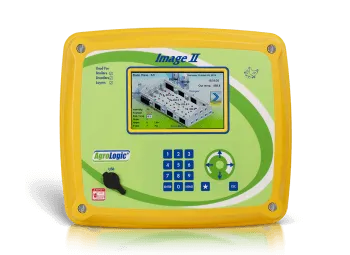Despite the best preventive measures, dogs can still face health challenges. Medical treatments vary depending on the condition. Common health issues in dogs include skin allergies, ear infections, and gastrointestinal problems.




